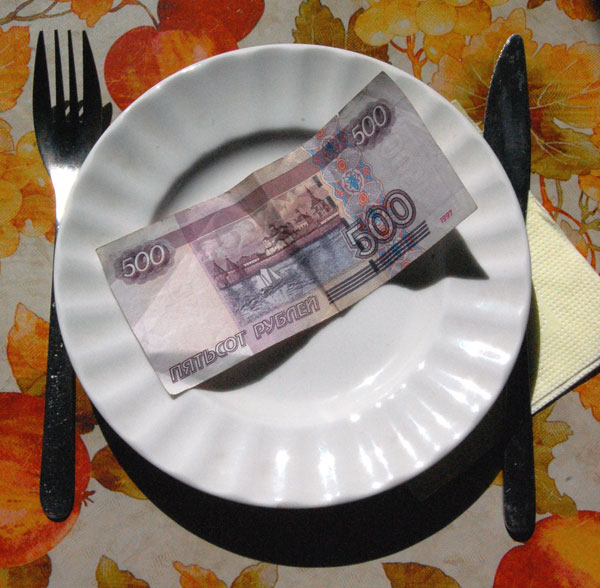Instruction
1
First count all the expenses which cannot avoid in the coming weeks. It can be transport expenses, payment of cell phone or Internet, cigarettes (for smokers) and so on. Think about whether you can to minimize them. For example, to use the service "promised payment", a few days to live without access to the network, to walk and so on. Subtract necessary expenses from your available amount. Everything else – food.
2
Inspect food supplies available in the house. Tucked in the corner of the freezer a package of vegetables, residues of grains, pasta or jam... Now is the best time to use them.
3
Don't make two common mistakes people saving on food. First, don't try to buy all you have left is the money "instant noodles" or other products prepared on the principle of "just add water". Contrary to popular belief, this is not the cheapest way of eating. Packaging normal pasta you can buy almost for the same price as a box of "disposable" noodle – and eat them a couple of days.
4
Second, do not share your money for 7 days and do not try every day to buy food, "fifty dollars" - to make a weekly menu and purchase products under it are much wiser. For example, a whole chicken goes beyond the daily budget, but with proper planning it can have a whole week (two days – fry legs for two days – eat the breast, and balances will be enough for a huge pot of chicken soup).
5
When planning a "crisis menu" focus on soups (and satisfying, and inexpensive, and for long enough), eggs, cereals, pasta, seasonal vegetables and other cheap products. For example, Breakfast – oatmeal, lunch – vegetable soup dinner – pasta, fried with egg.
